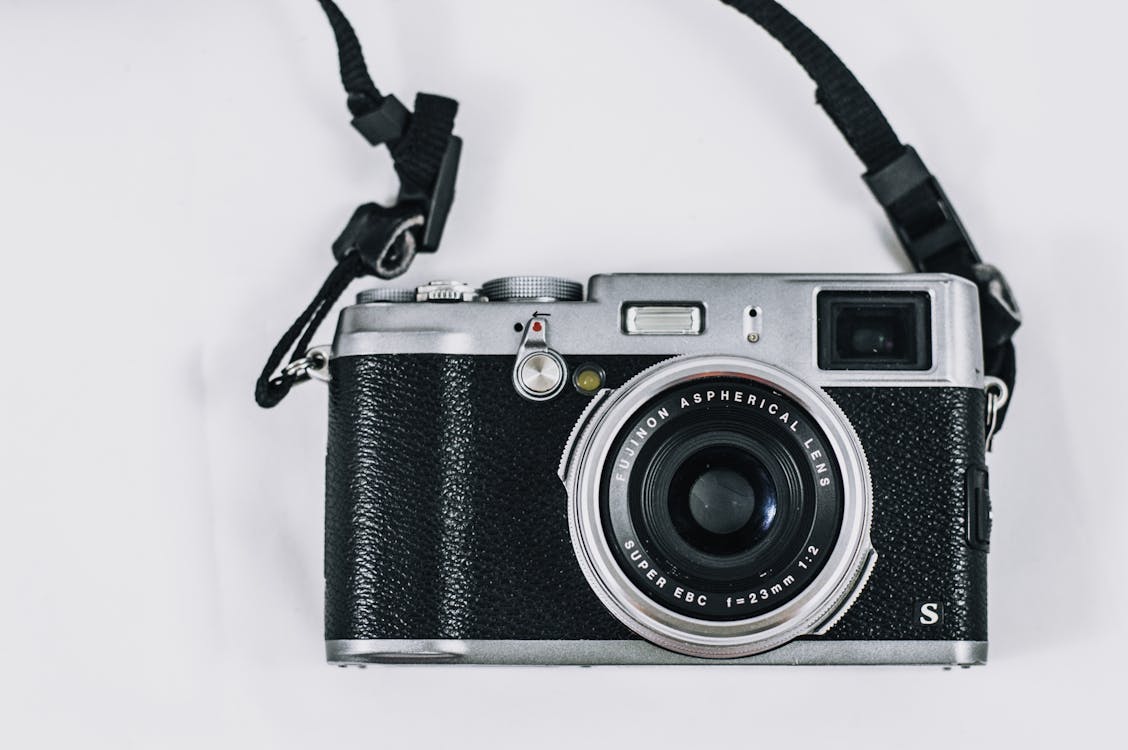Martin Scorsese’s new film, Hugo, which is Scorsese’s first children’s film and movie in 3d is a love letter to the creation of movies. Hugo is about a boy (I’ll let you guess his name), played by Asa Butterfield, whose father started fixing automation but died before he could be able to successfully complete it. Hugo is obsessed with trying to fix the automation; even going so far as to steal tools from a shop owned by Georges Melies (played by an unrecognizable Ben Kingsley) in order to try to get the automation to work.
[contacts]
Hugo believes that there is a message in the automation that his father put in there before his death, which is one of the reasons Hugo wants to get the machine to work.
Hugo is a unique film, unlike anything Martin Scorsese has ever done, yet very much a Scorsese film. Scorsese loves movies, not only for the story they tell, but the style the directors use to tell their stories. The style is just as important as the story itself. Since the film is a visual medium, providing strong visual flourishes can add meaning to the movie which is impossible to convey in a novel.
Hugo starts off as a film about a boy trying to fix the automation his father gave him and about Hugo’s life living inside a clock at a train station, then the film is about the director George Melies, a magician and one of the earliest pioneers of film. George Melies most famous film (it’s only about 10 minutes long) is A Trip To The Moon (which Hugo shows clips of over and over again).
Martin Scorsese obviously loves film and wants to convey his love of film by making a film about the earliest moving pictures and the style and creativity that when into them.
Hugo is all about style. George Melies made films known for their unique images and not for their storylines. For Melies, the film wasn’t about telling a story but showing certain visual tricks (much like his experience being a magician). Melies wanted to wow his audience with magic shots and strange images and was less concerned with substance and telling a story. Hugo is much the same way.
Hugo is all about style. The plot itself switches gears rather abruptly and is practically non-existent. The best parts of Hugo are seeing Melies and his staff shoot films on the movie lot. There is something interesting about seeing how even the earliest movies seemed to be done the same way there are done now—on a movie lot with effects, costumes, takes, and having the director yell, “cut” and “action” (at least that’s how it’s portrayed in the film).
Melies comes across as an ambitious director and Ben Kingsley does a fine job (as he always does).
Hugo is a lot like cotton candy—it tastes really good but is nothing but empty calories (as opposed to a filling meal). Hugo is certainly a unique film to experience once but also is plodding, insufferably ingratiating, and repetitive. Melies films worked because they were short films lasting around 10 minutes. Seeing a short film with nothing but style (especially during the creation of the film) is interesting, but seeing a movie that’s over 2 hours that’s nothing but style is a bit too much.
I love film and if you love film, Hugo might be of interest to you since it’s about one of the earliest film directors and seeing clips of him making his short films. If you enjoy films but don’t have a lot of affairs with them, Hugo might seem like much ado about nothing.
The 3d in Hugo is done well. There are tracking shots, over-the-shoulder shots, and roving close-ups that feel like you are moving with the camera. The first scene of the film shows a train going through the train and you feel as if you are moving with the train as well.
The acting by the cast is adequate, but nothing special. Only Sacha Baron Cohen as a station inspector stands out. While the character of the station inspector is an archetype of a clumsy evil authority figure, Sacha Baron Cohen manages to bring a sense of sadness, humanity, and empathy into what could easily have been an over-the-top one-dimensional character. Also, Sacha Baron Cohen as the conductor is funny as hell (I never understand what that expression means since I doubt hell is very funny).
I really wanted to give Hugo a good recommendation and I did enjoy it when I saw it, but the movie, while unique, is pure fluff that evaporates after you see it. Hugo is like a roller-coaster—fun while it lasts but not a particularly meaningful and memorable experience.
For those who love film and are interested in seeing clips of silent films and as well as scenes of Melies shooting his films, I recommend seeing Hugo once. Hugo is worth seeing, just because it is different and unlike anything made it while. I appreciate Scorsese for his ambition, for not compromising, and for making a film the way he wants to make it (just like a good artist should). I only wish Hugo was trimmed (the film could have been an hour and a half easily), wasn’t so cloying, and that the characters were more interesting and believable.
Hugo feels as if you are watching a puppet show, where Scorsese is moving the characters and events in the direction he wants them to go, but without any cohesion as to why the story and characters are moving in the direction Scorsese wants them to go


